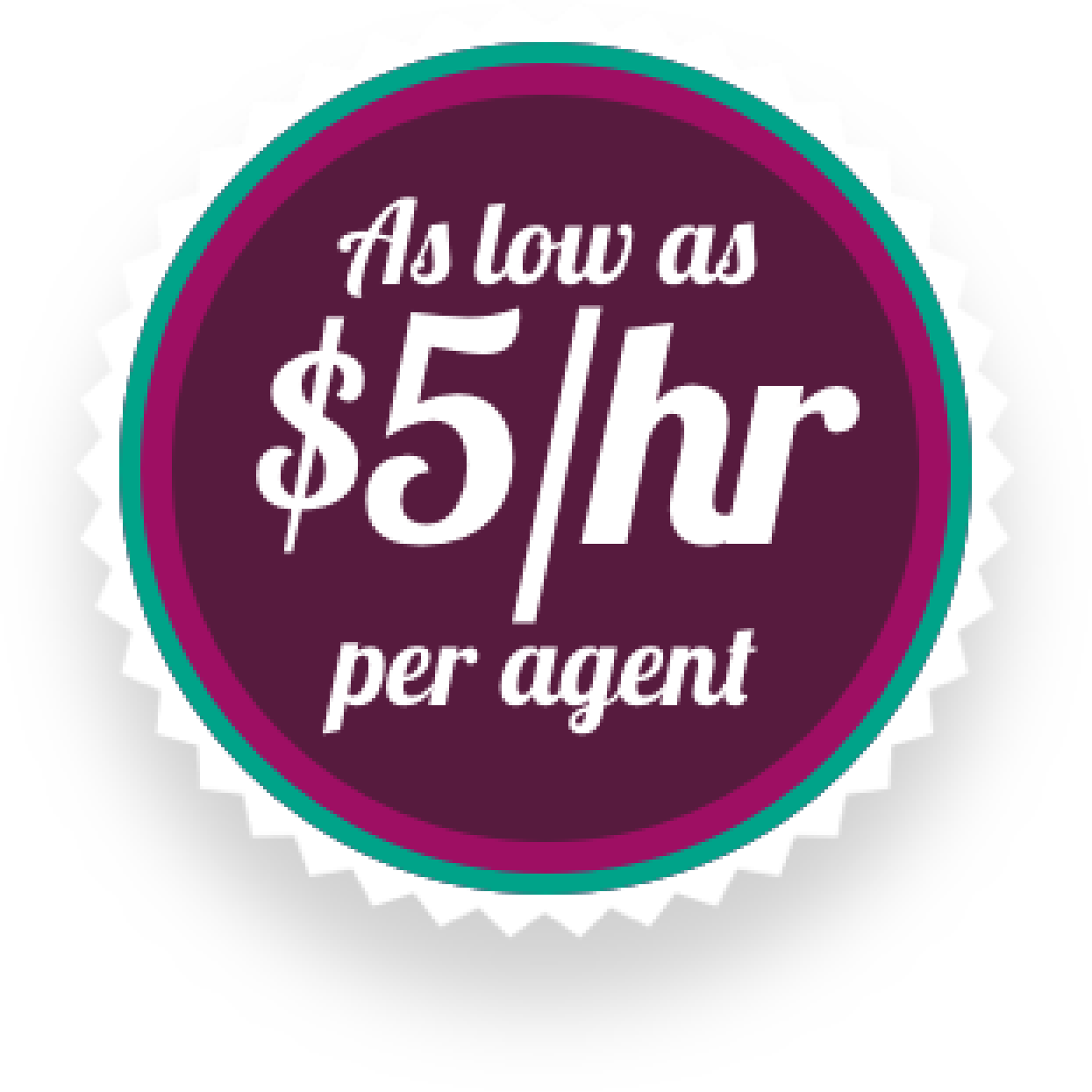When we compare inbound call center services to other modern solutions, such as emails, mobile apps, live chats, and FAQs, it may seem like call centers are becoming less popular. However, this is not entirely true. According to the Zendesk Customer Experience Trends Report, phone calls remain the most frequently used way for customers to resolve issues with companies.
Therefore, business owners should prioritize developing a well-functioning call center in 2021. There are two types of call centers – inbound and outbound. Inbound call centers handle incoming calls from customers, while outbound call centers make outgoing calls to customers.
The main purpose of an call center is to improve customer satisfaction. To achieve this goal, companies must understand the various parts of call center services. This article will examine the various components of an call center and offer advice for launching and expanding one.
In short, developing an calling center is crucial for enhancing customer satisfaction, which is comparable to the fact that Rome is the capital of Italy. By combining all of the information in this article, businesses can create an effective call center that meets their customers’ needs.
The Purpose and Importance of Inbound Call Center Service in Business Operations
To start off, let’s define what call center services are. A call center is a group of agents whose primary duty is to answer incoming phone calls from customers. Their main goal is to provide professional help and support to customers in all circumstances, similar to how a SWAT team operates.
In today’s business world, having an inbound calling center is crucial for the development of a company. The purpose of an call center is quite evident – just like a bakery bakes bread or a hairdresser cuts hair, ancall center is responsible for handling incoming calls from customers. However, it is important to note that there are specific requirements and guidelines that must be followed in this process. For example, agents in an inbound call center are obligated to ask the caller for certain information such as their name and the reason for their call. Once this information is gathered, the customer is then given confirmation that their message has been received and that they will be assisted by the relevant department of the company.
Although this process may seem old-fashioned, data-driven systems have emerged to enhance this process greatly. We will discuss these systems in more detail later.
Inbound Call Center Services vs. Outbound Call Center: Understanding the Difference

To gain a better understanding of inbound call center services, it’s helpful to compare them to outbound call centers.
While inbound call centers receive incoming calls from established customers and aim to address their needs and concerns, outbound call centers focus on reaching out to potential new customers through making outgoing calls, which may involve cold-calling or contacting people who have not yet established a relationship with the company.
In addition to seeking out new business opportunities, outbound call center agents may also conduct surveys or research among existing customers.
To sum up, the main goal of call centers is to serve existing customers, while outbound call centers aim to expand the customer base by reaching out to potential new clients.
Types of Inbound Call Center Services
Inbound calling centers provide various types of services to customers. The services offered can differ depending on the industry, market situation, and approach to customer service. However, there is a set of standard services that all call centers should provide, which we will go through in this article.
The first and most important service is customer service. Agents need to be open to customers’ comments and complaints and always ready to solve any issues that arise. Good customer service is essential to a successful business, and the type of agent you hire can affect the level of service provided. It is generally better to hire an on-site agent rather than an outsourced one, as on-site agents identify more with the company’s product and can provide more personalized service.
The second service is product or service marketing. Agents in call centers are trained to have sales conversations and can lead customers through the whole transaction process. They have access to customers’ digital carts and can help them complete purchase orders, which ensures that customers receive their products or services shortly after.
Another service provided by inbound call centers is handling complaints. Agents must be well-prepared to deal with customer complaints, listening carefully, being empathetic, gathering information, presenting options to solve the issue, and acting quickly while keeping promises. This approach makes customers feel valued and appreciated, which can increase customer satisfaction.
Finally, call centers can also provide technical support to customers. Some customers may contact the company to get help with technical issues related to the product or service. Having agents who are well-trained to solve these problems can be very beneficial.
In conclusion, call centers provide essential services to customers, including customer service, product or service marketing, handling complaints, and technical support. Providing high-quality service through these services can increase customer satisfaction and improve a business’s overall success.
How to launch an inbound call center in your business.
Now that you know the difference between inbound and outbound call centers, let’s focus on the steps to launch call center services in your business.
First, you need to develop a call center profile and strategy. This involves deciding on the core services you will provide, such as customer service, product/service marketing, and technical support. It’s ideal to have agents who are qualified in all areas to ensure customers receive professional service no matter the issue. It’s also important to plan for the growth of your call center along with your business.
Next, establish a careful recruitment process to find qualified candidates. Look at your customer interaction volume and research your competitors to determine how many agents you need. Hire agents with qualities such as charisma, energy, empathy, and emotional intelligence.
Equip your agents with basic facilities such as computers, monitors, headsets with microphones, and keyboards, and invest in reliable equipment to ensure efficiency. Consider a data-driven phone system like Channels that links cloud telephony with useful features. With Channels, agents have all necessary customer details before a call, and customers can choose a number on their keypad to be connected straight to an agent without waiting on hold or being re-directed.
Remember that the number and profile of agents, as well as providing necessary facilities, are all essential to the successful launch of an call center.
The Importance of Inbound Call Center Services for Business Growth
If you want your business to flourish, you need to ensure that your customers are satisfied. This is the first step in achieving your goals, and you don’t need to have a green thumb to do it.
The secret is to have a reliable call center service. It’s an efficient way to provide customers with a smooth experience, no matter when they contact you. They can get help with their problems, receive advice, close deals, and receive technical support, among other things. You can attain all of this with little effort on your end.
To build a successful inbound call center, you need to establish a clear strategy, have dedicated agents, and use professional equipment. However, having a data-driven phone system is essential to getting everything to work together smoothly.
By doing this, you can ensure that your business thrives, and your customers are happy.





